
Cool tip! What is the best temperature for serving red wine!
To continue with our series on how to get the best from your wine, we are tackling the often neglected issue on the best temperature to serve your red wines.
Here are our suggestions:
Like with white wines, when considering the best serving temperature of wine, first you need to know if the wine:
- has been matured in oak or not
- is light bodied or full bodied.
It may be a surprise for some winelovers that some red wines are delicious lightly chilled.
Why not see our suggestions at the bottom of this page!
Again, the back label should be a great source of information regarding the oak treatment or if the wine is ‘unoaked’. It may have some indication as to the body as well. However, you are still uncertain, if the wine is a Syrah / Shiraz, Cabernet Sauvignon or Cabernet Franc, Mourvedre, Merlot, Tempranillo, Nero d’Avola or Zinfandel / Primitivo these are likely to be oaked and full bodied.
Also a very loose rule of thumb is that red wines from Bordeaux, Rioja, Rhone, Barossa Valley, Napa Valley, Mendoza, and much of South Africa will be oaked and full bodied as well. In general, red wines from these regions will not be suitable for chilling.
Lighter bodied red wines made from Pinot Noir, Gamay, Blaufrankisch and Frappato, or red wines from Beaujolais, Sancerre and Burgundy in particular, can be served lightly chilled.
So too, can some red wines made from Grenache, some Cinsault, some Malbecs. The best temperature for these specific reds will depend on the wine’s body and oak treatment.
How temperature effects your wine
It is important to get your red wines at the right temperature where the wine’s characters seem in balance.
However, red wines are more robust and will work well over a wider temperature range than white wine. That is :
- the flavours taste good,
- the oak and tannins are not too harsh or bitter,
- the acid is not too sharp
- and the alcohol remains in balance with all the other characters.
The effect of chilling your wines is that the colder your wine, the more the acid and any tannin, the structure of your wine is emphasised.
The warmer you serve your red wine, the more the fruity and alcoholic your red wine will seem. It will seem bolder, sweeter and bigger, but it also may seem to lack structure and shape.
Too cold and a red wine will lack aroma and flavour.
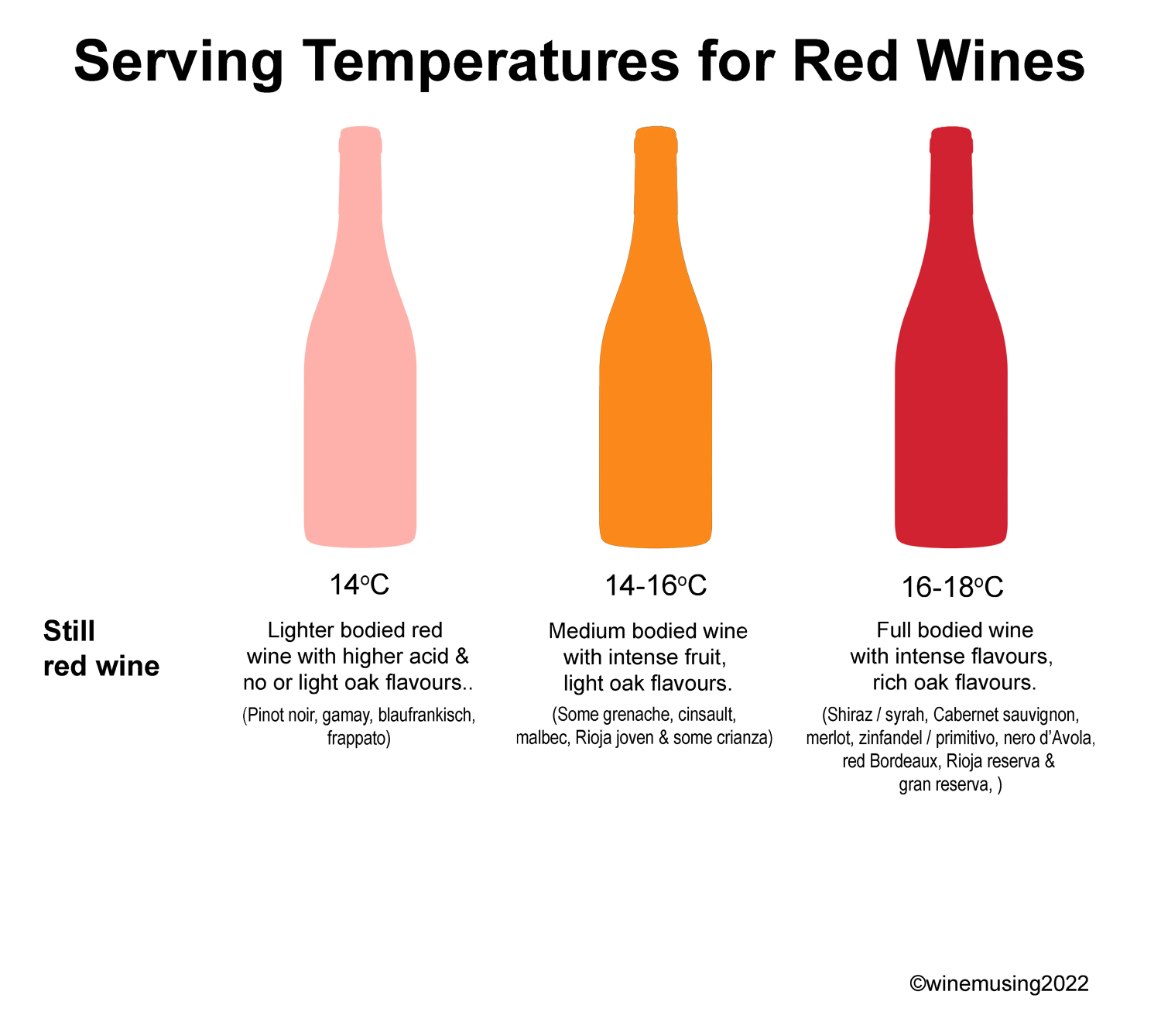
What to do if you don’t have a wine thermometer!
No need to rush out and buy one….
A rule of thumb is look at the room temperature of where you store your wine. Also, just as important, it will depend on the temperature of where you are serving the wine.
The difference might be that on a hot day, if the wine is left to sit in your glass for just 10 minutes it will quickly reach more than 18oC. On a cool day, in a cool room not heated above 18oC, it may sit at 16-18oC which is an ideal temperature for many red wines.
If you put your too warm red wine in the fridge for about 20 minutes, it should drop to around 16-18oC.
Too cold? If you have left it in that fridge too long, then you will just need to leave it out of the fridge for 5-7 minutes before you pour. By the time you have waited for five minutes, poured a few glasses, raised a glass to say cheers, it will be getting close to the right temperature if it is a hot day.
Put your wine bucket to good use!!!
If you find your wine is getting too warm, it is quite ok to put it into an ice bucket for at least 5 minutes to take the chill off before pouring another glass. It is always better to serve a red wine too chilled in summer as it is very quick to warm up again.
Either way, a few of degrees out is not a big deal for red wines. Except if the wine is over around 20oC, it might start to be noticeably changed with the alcohol dominating the wine.

Oak
Balance is particularly important with regards to wines that are oaked. Specifically, those wines will taste ‘harder’ and the oak will be more dominant in a colder wine and therefore, they need to be enjoyed at cellar temperature. Ideally oaked red wines should be served between 16 and 18oC.
If a red wine is just lightly oaked meaning that it has been matured in large format barrels, old or ‘seasoned’ oak or for just a few months, then you can serve it around 15 – 16oC.
No oak? If a red wine has not had noticeable oak treatment and has lower tannins (this is important too) then you may like to chill that wine slightly. You can serve it between 13 – 16oC.

Body
A light bodied wine, such as a Pinot Noir, Gamay, or a Sicilian Frappato will survive a light chilling (13 – 16oC). Like with white wines, the fuller body red wines will seem fleshier and more rounded served just a few degrees warmer. If a fuller bodied red is too cold, the wine will seem ‘harsh, neutral, even sour’.
Therefore, it goes without saying that more medium bodied wines can also be served with a very light chill. Just around 15 – 16oC.


Alcohol
As a general guide, the higher alcohol content of a red wine means that these wines will taste even more alcoholic when the temperature increases. This has the tendency to make a wine taste jammy, fruitier, sweeter and less structured than when served in the right range.
What is considered a ‘high’ alcohol? Some experts say anything above 14% alcohol.
Most definitely anything above 14.5% on the label should be considered ‘high in alcohol’ for a red wine.
Particularly be aware of this when you have the bottle in the sun, or near a heater when you are serving it. (Please also be very aware that storing your wine in a space where the temperature quickly fluctuates, or is exposed to high heat may damage your wine.)

Just a note on ….. Sparkling wine
There are red sparkling wines, of course. And those wine can handle being more chilled. A good rule of thumb is that a red sparkling wine between 10-12oC.
Cheers!
Comment ( 1 )
Comments are closed.



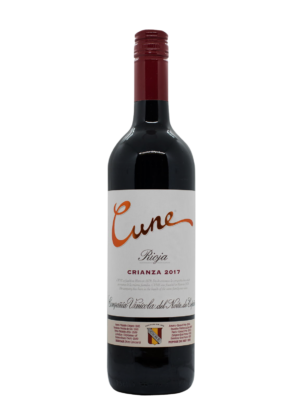

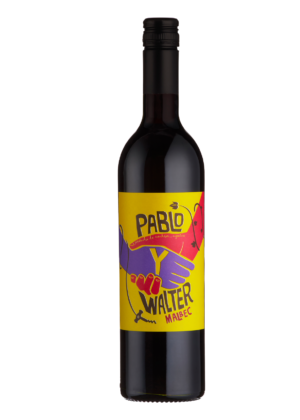

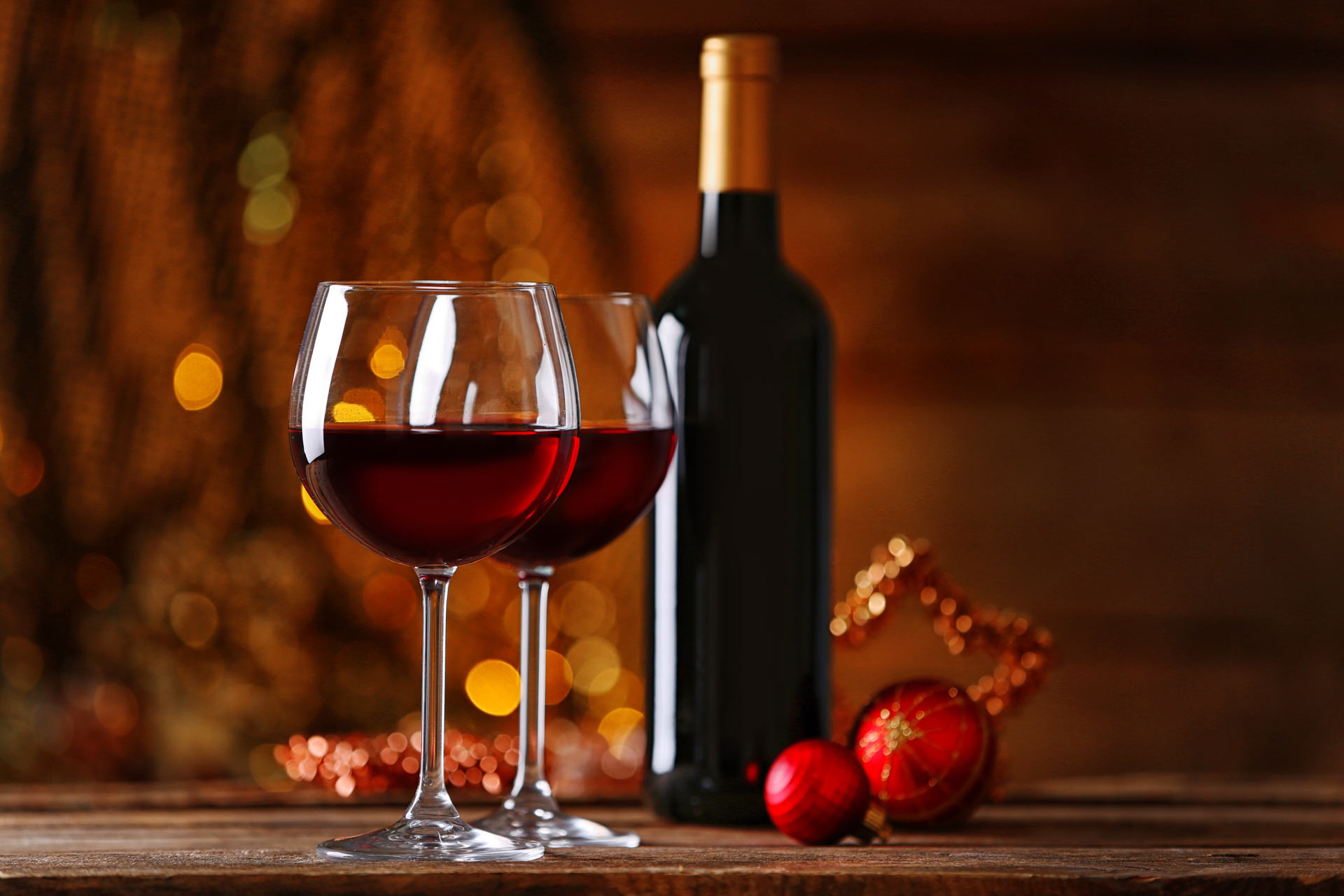
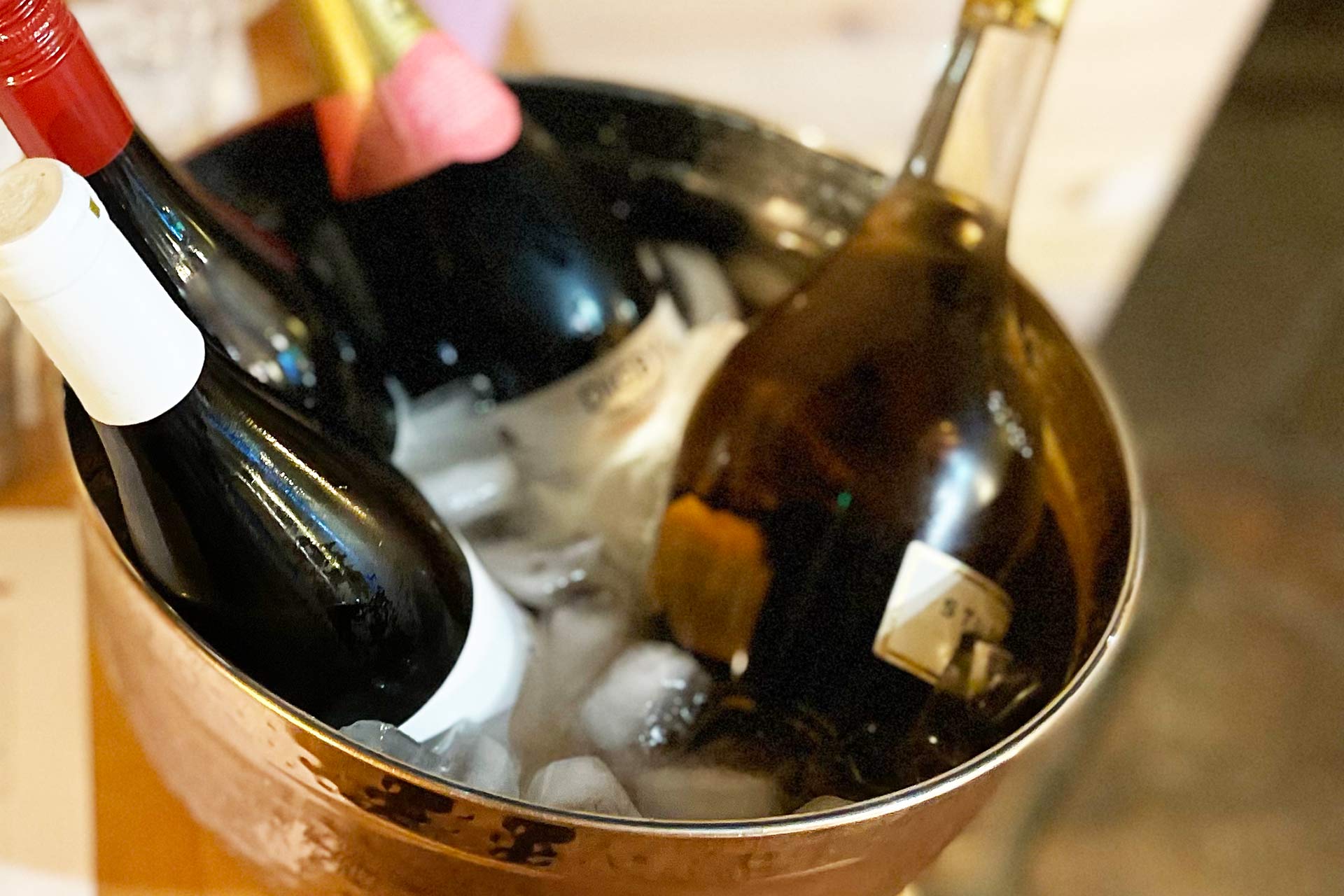
Jess T
This is so interesting! I did not think you could chill red wines at all. Thank you!